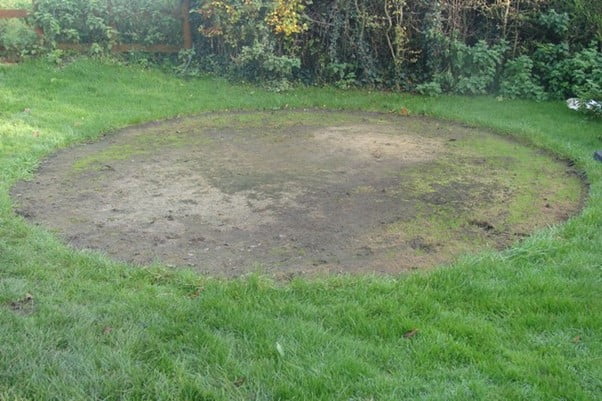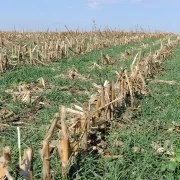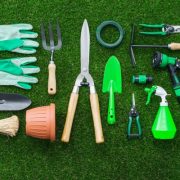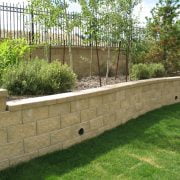If you have a lawn, you would surely want it to be lush green. The saddest part would be to see your lawn with brown, patchy, and even worst dead grass. If you are curious to find out ways to revive your lawn, then here we are with a revive lawn treatment review.
The first thing you should find out is the reason behind the death, patchy, or even browning grass. Once the reason is pinpointed, then a proper solution can be worked to revive the grass, and in turn, revive the lawn.
Dead Grass
Now, dead grass means that the grass has completely lost its metabolic activities. If you want to check whether the grass in your lawn is dead or not, then follow this simple procedure. Pull the grass with minimum force. If the grass comes out quickly & effortlessly, then most probably the grass has already died. If the grass is alive (even if it is dormant, patchy, or brownish), it takes some effort to pull it. Dead plants have dead roots that don’t adhere to the soil, and hence come out easily.
The heartbreaking truth is that the revival of the dead is not possible. Be it the humans, or the grass. Though it might be a bit astonishing for a few, many people still get confused between dormant & dead patches of grass. The revival of dormant grass is quite possible. It is quite obvious that brown & patchy grass can be revived.
How Can You Achieve a Lush Green Lawn?
Maybe you cannot revive dead grass, but you can still achieve a lush green lawn. You can consider growing a new patch of grass either by sowing or by resodding. If the lawn is becoming patchy or brown, then find out the reason for it, only then go for the solution. If the reason for dead, patchy, or brown grass is diseased (maybe to pests, insects, or other pathogens) or extremely low fertility of the soil, then first eradicate these problems. Only then you can begin with sowing or resodding.
Ensure that you take proper care of your lawn. Lawn care is extremely important. Brown & patchy grass are signs that the lawn grass is on the journey of its deathbed. Timely intervention can help achieve positive results. Most experts suggest the removal of brown & dead grass before sowing or resodding.
Here are a few factors which can cause the browning of the grass,
Water:
If you are astonished that the grass patches are still brown after watering, then you need to look into a few reasons. Firstly, the roots may have weakened due to which they don’t absorb water or even nutrients. This usually is the most probable cause for the browning of the grass.
Can You Revive Dead Grass Some other issues can be poor drainage or lack of water? Maybe, even if you may be watering the grass, there may be patches where the water never reaches! So, ensure that the entire lawn is watered properly. Proper mowing is also necessary.
Moisture & Temperature
Another major cause is something called ‘Drought Stress’. It happens with the plants, usually when there is less moisture in the soil or during very high temperatures. The best way to check whether the grass is facing drought stress is by again pulling the grass. The browning grass stays firmly rooted. This means the grass is dormant.
Weeds & Diseases
Weeds are another cause of the browning of the grass. They usually consume the water & nutrients of the grass and due to this, the grass starts to brown, and then eventually die out. In such cases, you can eradicate weeds using herbicides. Diseases can also cause the browning of the grass.
Conclusion
There is no way for the revival of the dead but you can ensure that the grass doesn’t die. Keep the grass hydrated, free of weeds & diseases & take good care of your lawn. In case there is an issue with the soil, then consider using some fertilizers. Try to eliminate the reason why the grass is dying, and eventually, you will be able to revive the browning grassy patches into lush green lawns.









Comments